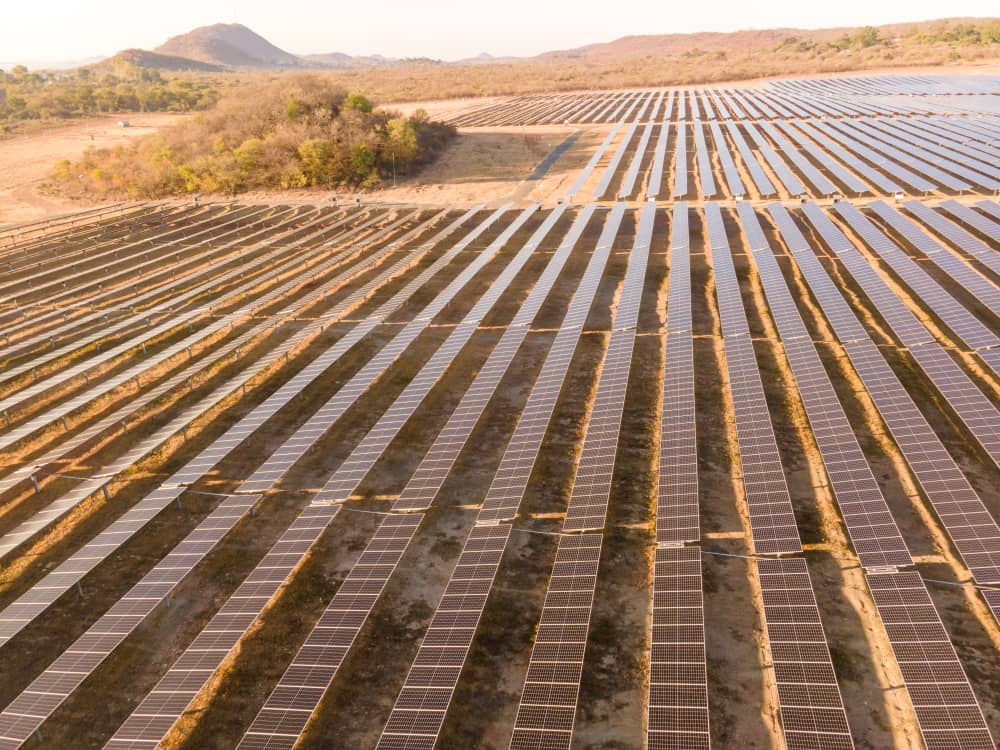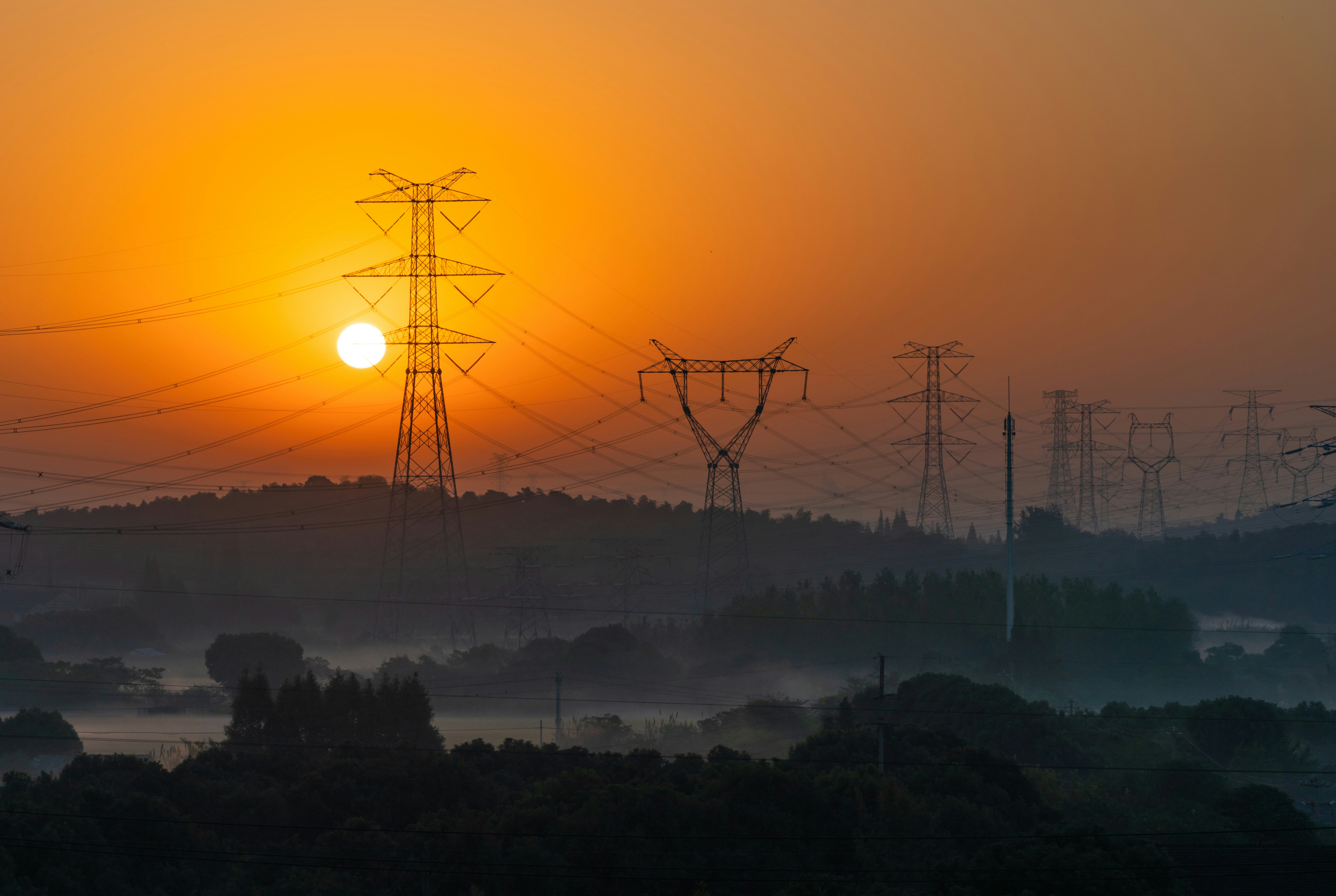
How can innovation in funding models unlock energy access in emerging markets?
Moving beyond traditional blended finance models can spark market activity and reduce bottlenecks to clean energy provision in Africa
Moving beyond traditional blended finance models can spark market activity and reduce bottlenecks to clean energy provision in Africa
High energy costs and the instability of electricity provision are two major hindrances to African businesses and investment on the continent. The global move toward decarbonized forms of energy is crucial in mitigating climate change, yet progressing without addressing the energy access challenges in Africa will render this energy transition unfruitful. CrossBoundary Energy’s Kate Pallett sat down with an old friend and peer, Nchimunya Chipo Hamukoma, Senior Associate for Demand, Jobs and Livelihood at the Global Energy Alliance for People and Planet (GEAPP), to hear her thoughts on how innovations in funding can propagate inclusive energy access.
Kate: As a starting point, please describe GEAPP and your work?
Nchimunya Chipo Hamukoma: GEAPP is an alliance of partners bringing their unique offerings together to accelerate the transition to renewable energy in emerging markets to power inclusive, sustainable economic growth for millions of people. Our overarching ambition is to reduce 4 gigatons of future carbon emissions while providing 1 billion people with clean energy access and creating 150 million new jobs and sustainable livelihoods. My work focuses on the intersection of policymaking, philanthropy, and social impact organizations, working to unify multiple stakeholders around bold visions to deliver pragmatic results. In South Africa, I lead the Just Transition portfolio and I also work with the GEAPP Africa team on Energizing Women and Youth in Agri-Food Systems in Nigeria and Ethiopia.
You mentioned the intersecting roles of policymakers, philanthropy, and social impact organizations. Within this picture, what role does blended finance play in enabling a just energy transition in Africa?
The energy transition in emerging markets (excluding China), requires around US$1.4 trillion – US$1.9 trillion annual investment, of which two-thirds will need to come from the private sector. To attract private capital at this scale will require an estimated US$80 billion of concessional capital per annum, yet concessional capital is scarce. Because we have access to a philanthropic capital base, GEAPP is uniquely placed to lay the foundations required to bolster models that are on the brink of commercial viability. As such, we think about the role of philanthropic capital as a type of funding innovation that can de-risk investments into strategic markets. Blended finance isn’t the only tool in our arsenal, but it is an effective tool to catalyze investments within the markets and sectors that will affect the most change.
From your perspective, how has the deployment of blended finance for energy infrastructure changed, and what does this say about the sector?
There have certainly been big changes in the funding landscape for renewable energy in the past few years. Where renewable energy was once a “fringe” investment, governments and pension funds are starting to recognize the value of these investments, and the increased scale has changed the blended finance picture, with larger and more diverse projects being funded. For example, the second round of the Nigeria Electrification Project (NEP2) attracted more than double the funding from the World Bank (US$750m vs US$350m). The increased scale, and innovative funding models, have gone a long way to make renewable energy recognized in the market as a potential competitor with fossil fuels.
You mentioned innovative finance solutions. In what way can traditional blended finance be broadened to enhance its impact?
Whilst blended finance has been an important part of the growth in renewable energy infrastructure, it can have drawbacks. Often, the main obstacles point to the availability and dependability of donor funding, which can be intermittent. However, in some cases, overcrowding of concessional capital can also be an issue, discouraging private investments due to the expectation of low capital costs and hesitation for private investment.
When it comes to renewable energy investments, these challenges point to the need for innovative, carefully structured finance models that can bring out the best environments for market activity. Part of this includes risk mitigation instruments like guarantees, insurance, and first-loss capital that will enhance the attractiveness of private capital in the energy sector. Another such innovation is a decoupled approach: the provision of philanthropic capital and private finance running in parallel or in complementary roles, rather than in a blended model. This allows for private capital to focus on creating commercially viable operations, whilst philanthropic capital can provide support for high social impact activities with low returns, such as the regulatory support and advocacy that creates an enabling environment for commercial activity.
An example of an innovative funding approach, with philanthropic capital bolstering a sector that supports commercial operations, is the GEAPP-supported Demand Aggregation for Renewable Technology (DART) program, which created a partnership model that allows distributed renewable energy companies to procure equipment at affordable prices and with attractive financing terms. The program, launched in 2022 and now expanded, has had success in accelerating renewable energy access in Nigeria by providing cheaper energy components to businesses supplying renewable energy, making them more profitable and thus sustainable.
What are the factors that GEAPP considers when enabling successful renewable energy investments?
To be a good steward of philanthropic capital, it is important to think about the impacts – not only those that are immediate, but also any unintentional consequences of bringing capital into a market and the charitable outcomes of investing. When designing a project or model, we take care to ensure that we are working with trusted market partners. Philanthropic capital can have very different objectives from private investment, yet creating commercial viability is a solid way to ensure the sustainability of projects, so understanding what a capital injection might unlock in terms of attracting additional commercial funding is a really important decision factor in where to deploy the most investment.
Closing thoughts from Nchimunya
“The interplay among private, concessional, and philanthropic capital is an important factor in enabling a renewable energy transition in Africa and emerging markets. For participants in this space, asking important questions about what meaningful support should look like is essential. Financing, both from private and non-private sources, should carefully consider additional value when developing blended or parallel approaches. Asking, ‘What can this investment bolster, and how can it create value that will further the just energy transition?’, is an important starting point to ensure that value is derived and that projects are sustainable.”

Nchimunya Chipo Hamukoma, Senior Associate for Demand Jobs and Livelihood (DJL) at GEAPP
About Nchimunya Chipo Hamukoma
Nchimunya is the Senior Associate for Demand Jobs and Livelihood (DJL) at GEAPP, based in South Africa. She leads GEAPP SA’s Just Transition portfolio and supports the DJL Africa team on operations and project management for the Energizing Women & Youth in Agri-Food Systems Program (EWAS) in Nigeria and Ethiopia.
She has worked as an implementor, a donor, and a policy advisor to institutions and governments on issues such as youth employment, urbanization, and the future of work, most notably in Morocco, South Africa, Nigeria, and Ghana. She was previously the Head of Funder Partnerships & Strategic Projects Harambee Youth Employment Accelerator, a South African-based youth employment organization.



